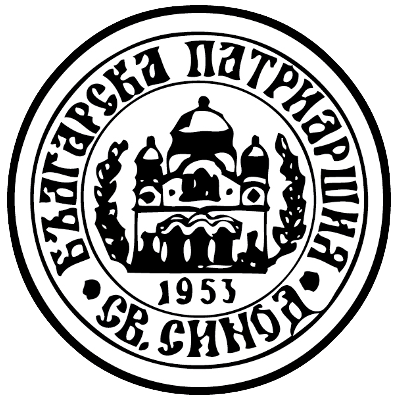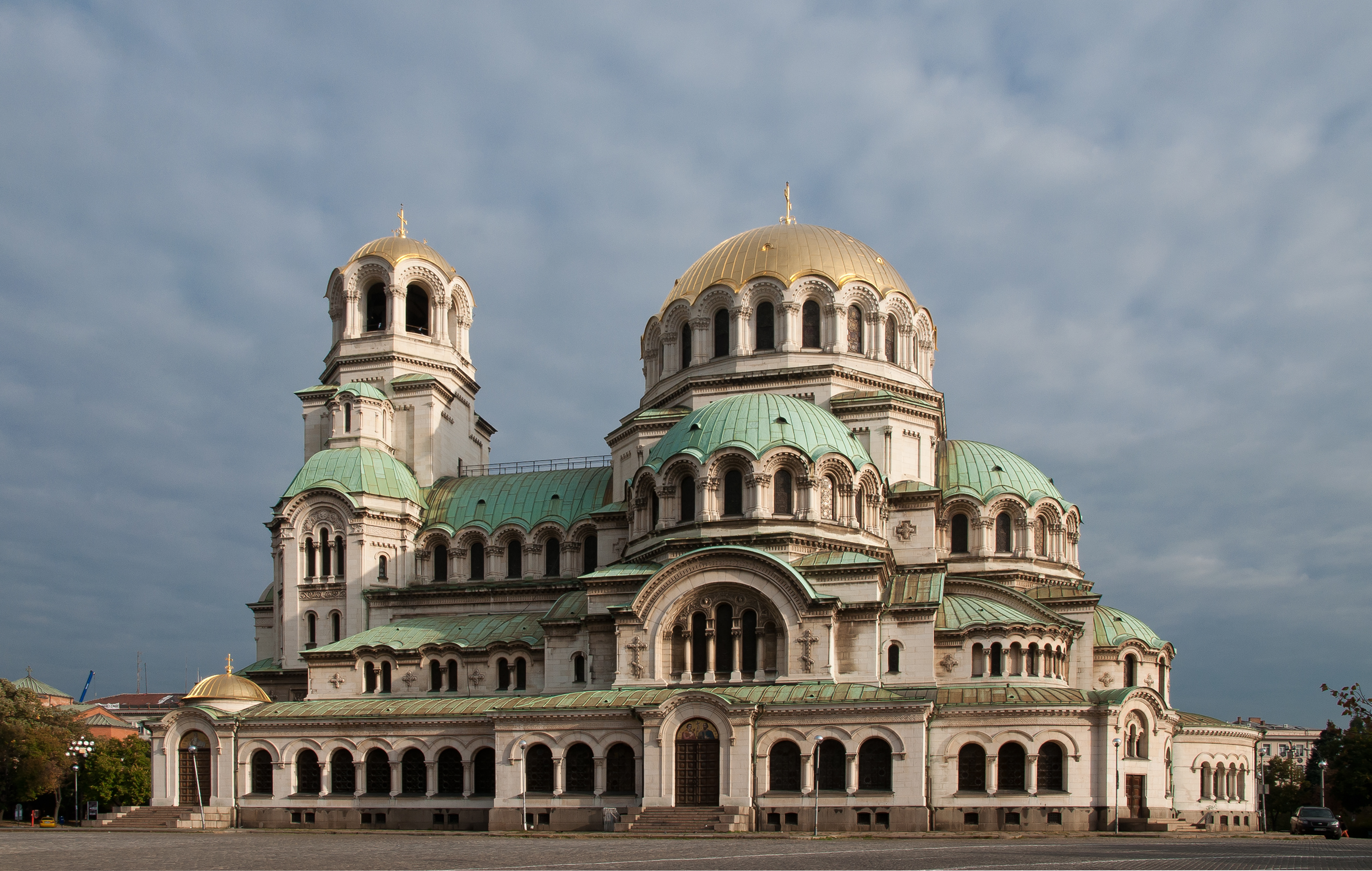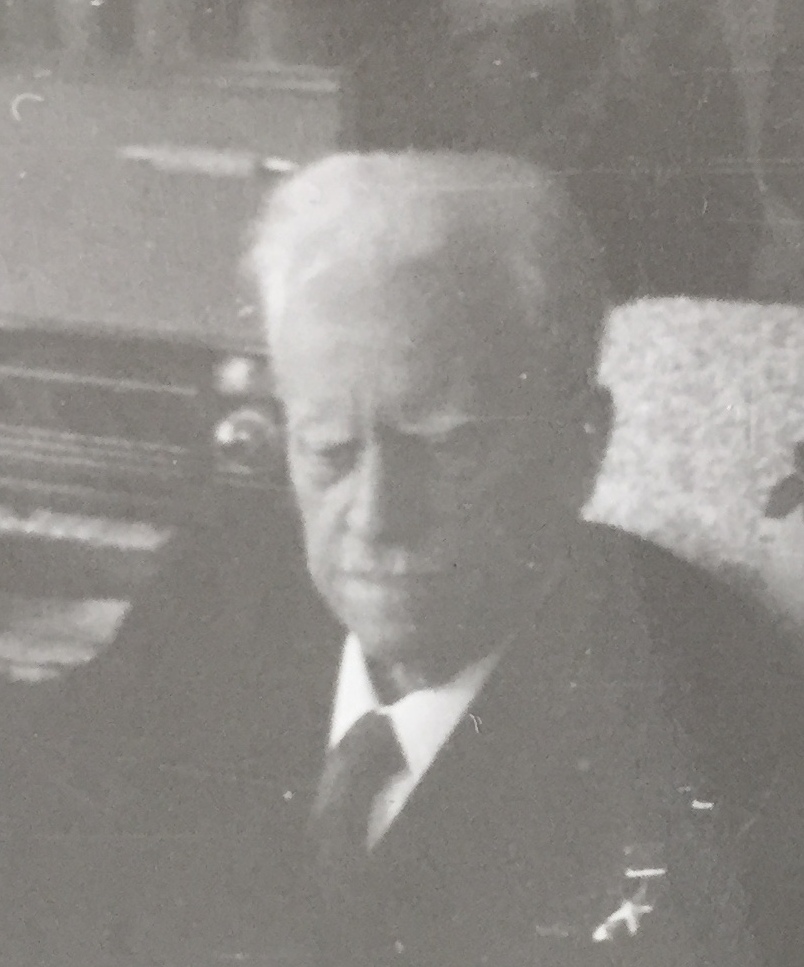|
Church Of St Petka Of The Saddlers
The Church of St Petka of the Saddlers ( bg, Църква „Света Петка Самарджийска“) is a medieval Bulgarian Orthodox church in Sofia, the capital of Bulgaria. It is a small one-naved building partially dug into the ground located in the very centre of both the modern and the antique city, in the TZUM underpass. The church features a semi-cylindrical vault, a hemispherical apse, and a crypt discovered during excavations after the Second World War. The walls are 1 m thick and made from brick and stone. The church was first mentioned in the 16th century and was constructed at the place of a former Roman religious building. It is today a monument of culture known for its mural paintings from the 14th, 15th, 17th and 19th century depicting biblical scenes. The church is dedicated to St Petka, an 11th-century Bulgarian saint. The Church of Saint Petka acquired its present name due to it being a patron of the saddlers in the Middle Ages, who performed th ... [...More Info...] [...Related Items...] OR: [Wikipedia] [Google] [Baidu] |
Bulgarian Orthodox
The Bulgarian Orthodox Church ( bg, Българска православна църква, translit=Balgarska pravoslavna tsarkva), legally the Patriarchate of Bulgaria ( bg, Българска патриаршия, links=no, translit=Balgarska patriarshiya), is an autocephalous Orthodox jurisdiction. It is the oldest Slavic Orthodox church, with some 6 million members in Bulgaria and between 1.5 and 2 million members in a number of European countries, the Americas, Australia, New Zealand and Asia. It was recognized as autocephalous in 1945 by the Ecumenical Patriarchate of Constantinople. History Early Christianity The Bulgarian Orthodox Church has its origin in the flourishing Christian communities and churches set up in the Balkans as early as the first centuries of the Christian era. Christianity was brought to the Balkans by the apostles Paul and Andrew in the 1st century AD, when the first organised Christian communities were formed. By the beginning of the 4th cent ... [...More Info...] [...Related Items...] OR: [Wikipedia] [Google] [Baidu] |
Sofia - Church Of St Petka Of The Saddlers (HDR Inside)
Sofia ( ; bg, София, Sofiya, ) is the capital and largest city of Bulgaria. It is situated in the Sofia Valley at the foot of the Vitosha mountain in the western parts of the country. The city is built west of the Iskar river, and has many mineral springs, such as the Sofia Central Mineral Baths. It has a humid continental climate. Being in the centre of the Balkans, it is midway between the Black Sea and the Adriatic Sea, and closest to the Aegean Sea. Known as Serdica in Antiquity and Sredets in the Middle Ages, Sofia has been an area of human habitation since at least 7000 BC. The recorded history of the city begins with the attestation of the conquest of Serdica by the Roman Republic in 29 BC from the Celtic tribe Serdi. During the decline of the Roman Empire, the city was raided by Huns, Visigoths, Avars and Slavs. In 809, Serdica was incorporated into the Bulgarian Empire by Khan Krum and became known as Sredets. In 1018, the Byzantines ended Bulgarian rule un ... [...More Info...] [...Related Items...] OR: [Wikipedia] [Google] [Baidu] |
List Of Churches In Sofia
This is a list of Christian temples within the city limits of Sofia - the Bulgarian capital city. The city is the centre of the Sofia ecclesiastical district as well as a centre of the Sofia eparchy (diocese), part of The Bulgarian Orthodox Church. Bulgarian Orthodox Churches Other Christian Temples See also *Archbishopric of Sardica *Christianization of Bulgaria *Bulgarian Orthodox Church *Byzantine Revival architecture *List of largest church buildings *List of largest Eastern Orthodox church buildings *List of oldest church buildings *Ancient Roman architecture *Basilica *Rotunda (architecture) *Edict of Serdica *History of Sofia * Timeline of Sofia history * List of oldest buildings in Sofia ReferencesTemples in Sofia eparchy External links *{{in lang, bg}Bulgarian Patriarchate Sofia Churches Sofia Sofia ( ; bg, София, Sofiya, ) is the capital and largest city of Bulgaria. It is situated in the Sofia Valley at the foot of the Vitosha mountain i ... [...More Info...] [...Related Items...] OR: [Wikipedia] [Google] [Baidu] |
Bulgarian Academy Of Sciences
The Bulgarian Academy of Sciences (abbreviated BAS; bg, Българска академия на науките, ''Balgarska akademiya na naukite'', abbreviated ''БАН'') is the National Academy of Bulgaria, established in 1869. The Academy, with headquarters in Sofia, is autonomous and consists of a Society of Academicians, Correspondent Members and Foreign Members. It publishes and circulates different scientific works, encyclopaedias, dictionaries and journals, and runs its own publishing house. The activities are distributed in three main branches: ''Natural, mathematical and engineering sciences''; ''Biological, medical and agrarian sciences'' and ''Social sciences, humanities and art''. They are structured in 42 independent scientific institutes, and a dozen of laboratories and other sections. Julian Revalski has been the president of the BAS since 2016. As of 2021, its budget was 117,8 million leva (€60,2 million). History As Bulgaria was part of the Ottoman E ... [...More Info...] [...Related Items...] OR: [Wikipedia] [Google] [Baidu] |
Todor Pavlov
Todor Dimitrov Pavlov (14 February 1890 in Štip, Kosovo Vilayet, Ottoman Empire – 8 May 1977, Sofia, Bulgaria) was a Bulgarian Marxist philosopher, politician, journalist and leading member of the Bulgarian Communist Party. He was one of the three regents for the underage Simeon II from 1944 to 1946. From 1947 to 1962 he was the president of the Bulgarian Academy of Sciences The Bulgarian Academy of Sciences (abbreviated BAS; bg, Българска академия на науките, ''Balgarska akademiya na naukite'', abbreviated ''БАН'') is the National Academy of Bulgaria, established in 1869. The Academy .... Notes 1890 births 1977 deaths People from Štip People from Kosovo vilayet Regents of Bulgaria Members of the Bulgarian Academy of Sciences Macedonian Bulgarians Bulgarian communists Bulgarian Marxists Bulgarian Communist Party politicians {{bulgaria-bio-stub 20th-century Bulgarian philosophers ... [...More Info...] [...Related Items...] OR: [Wikipedia] [Google] [Baidu] |
Nikolay Haytov
Nikolay Haytov ( bg, Николай Хайтов), or Nikolai Haitov (15 September 1919 – 30 June 2002) was a Bulgarian fiction writer, playwright, patriot and publicist known for his publications and research regarding the life of Bulgarian revolutionary Vasil Levski. Early life and education Born to a poor family of ordinary peasants in the village of , in Kuklen municipality, Plovdiv Province, Haytov finished junior high school in his native village and then moved to Plovdiv, where, instead of studying, he worked as an apprentice in a flour shop, as a waiter in a pub, as a valet and in the railway. He finished high school in Asenovgrad in 1938, becoming attracted to the work of writers such as Zahari Stoyanov, Ivan Vazov, Elin Pelin and Yordan Yovkov. Haytov graduated from the Faculty of Forestry in Sofia in 1943. He became a soldier in Plovdiv in the autumn of 1944 and then went on to work as a forest guard and forester in the Rhodope Mountains: in the Persenk forestry ... [...More Info...] [...Related Items...] OR: [Wikipedia] [Google] [Baidu] |
Magdalina Stancheva
Magdalina Stancheva ( bg, Магдалина Михайлова Станчева, 7 September 1924 – 6 October 2014) was a Bulgarian archaeologist and museologist, recognized for her dedication in preserving Sofia's past. As one of the first museologists in the country, she influenced and taught many the scientific principals of conservation. She worked with both the International Council of Museums and UNESCO to designate national preservation sites and was recognized by many awards for her efforts in conserving the cultural history of the country, including the Order of Saints Cyril and Methodius, the National Order Of Labour, and a citation as an Honorary Citizen of Sofia. Early life Magdalina Mihailova Stancheva was born on 7 September 1924 in Sofia, Bulgaria. She completed her secondary education at First Girls' High School in Sofia and the enrolled at the University of Sofia "St. Kliment Ohridski". During her schooling, she participated in rescue archaeology projects in t ... [...More Info...] [...Related Items...] OR: [Wikipedia] [Google] [Baidu] |
Vasil Levski
Vasil Levski ( bg, Васил Левски, spelled in old Bulgarian orthography as , ), born Vasil Ivanov Kunchev (; 18 July 1837 – 18 February 1873), was a Bulgarian revolutionary who is, today, a national hero of Bulgaria. Dubbed the ''Apostle of Freedom'', Levski ideologised and strategised a revolutionary movement to liberate Bulgaria from Ottoman rule. Levski founded the Internal Revolutionary Organisation, and sought to foment a nationwide uprising through a network of secret regional committees. Born in the Sub-Balkan town of Karlovo to middle-class parents, Levski became an Orthodox monk before emigrating to join the two Bulgarian Legions in Serbia and other Bulgarian revolutionary groups. Abroad, he acquired the nickname ''Levski'' ("Lionlike"). After working as a teacher in Bulgarian lands, he propagated his views and developed the concept of his Bulgaria-based revolutionary organisation, an innovative idea that superseded the foreign-based detachment str ... [...More Info...] [...Related Items...] OR: [Wikipedia] [Google] [Baidu] |
Folk Hero
A folk hero or national hero is a type of hero – real, fictional or mythological – with their name, personality and deeds embedded in the popular consciousness of a people, mentioned frequently in folk songs, folk tales and other folklore; and with modern trope status in literature, art and films. Overview Although some folk heroes are historical public figures, many are not. The lives of folk heroes are generally fictional, their characteristics and deeds often exaggerated to mythic proportions. The folk hero often begins life as a normal person, but is transformed into someone extraordinary by significant life events, often in response to social injustice, and sometimes in response to natural disasters. One major category of folk hero is the defender of the common people against the oppression or corruption of the established power structure. Members of this category of folk hero often, but not necessarily, live outside the law in some way. See also * List of folk ... [...More Info...] [...Related Items...] OR: [Wikipedia] [Google] [Baidu] |
Middle Ages
In the history of Europe, the Middle Ages or medieval period lasted approximately from the late 5th to the late 15th centuries, similar to the post-classical period of global history. It began with the fall of the Western Roman Empire and transitioned into the Renaissance and the Age of Discovery. The Middle Ages is the middle period of the three traditional divisions of Western history: classical antiquity, the medieval period, and the modern period. The medieval period is itself subdivided into the Early, High, and Late Middle Ages. Population decline, counterurbanisation, the collapse of centralized authority, invasions, and mass migrations of tribes, which had begun in late antiquity, continued into the Early Middle Ages. The large-scale movements of the Migration Period, including various Germanic peoples, formed new kingdoms in what remained of the Western Roman Empire. In the 7th century, North Africa and the Middle East—most recently part of the Eastern Ro ... [...More Info...] [...Related Items...] OR: [Wikipedia] [Google] [Baidu] |
Bulgaria
Bulgaria (; bg, България, Bǎlgariya), officially the Republic of Bulgaria,, ) is a country in Southeast Europe. It is situated on the eastern flank of the Balkans, and is bordered by Romania to the north, Serbia and North Macedonia to the west, Greece and Turkey to the south, and the Black Sea to the east. Bulgaria covers a territory of , and is the sixteenth-largest country in Europe. Sofia is the nation's capital and largest city; other major cities are Plovdiv, Varna and Burgas. One of the earliest societies in the lands of modern-day Bulgaria was the Neolithic Karanovo culture, which dates back to 6,500 BC. In the 6th to 3rd century BC the region was a battleground for ancient Thracians, Persians, Celts and Macedonians; stability came when the Roman Empire conquered the region in AD 45. After the Roman state splintered, tribal invasions in the region resumed. Around the 6th century, these territories were settled by the early Slavs. The Bulgars, led by Asp ... [...More Info...] [...Related Items...] OR: [Wikipedia] [Google] [Baidu] |
Parascheva Of The Balkans
Saint Paraskeva of the Balkans (also known as: Света Петка Българска, Petka of Bulgaria, Petka of Serbia, Paraskeva of Serbia, Paraskeva the Serbian, Paraskeva of Belgrade, Parascheva the New, Parascheva the Young, grc, Ὁσία Παρασκευὴ ἡ Ἐπιβατινή, ell, Οσία Παρασκευή η Επιβατινή ή Νέα, ro, Sfânta Cuvioasă Parascheva, sr, Света Петка / Sveta Petka or Петка Параскева / Света Петка Македонка / Petka Paraskeva, Paraskeva Pyatnitsa, Parascheva of Tirnovo) was an ascetic female saint of the 10th century. Biography Paraskeva was born in the town of Epivates (close to present-day Istanbul) on the shore of the Sea of Marmara. Her parents were wealthy landowners. Legend says that as a child, Paraskeva heard in a church the Lord's words: "Whoever wants to come after Me, let him deny himself, and take up his cross, and follow Me." (Mark 8, 34). These words would dete ... [...More Info...] [...Related Items...] OR: [Wikipedia] [Google] [Baidu] |
.jpg)





